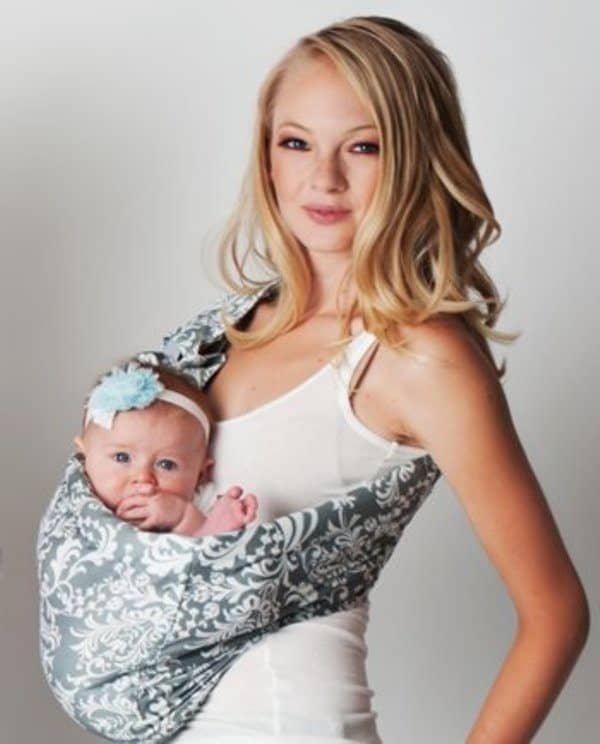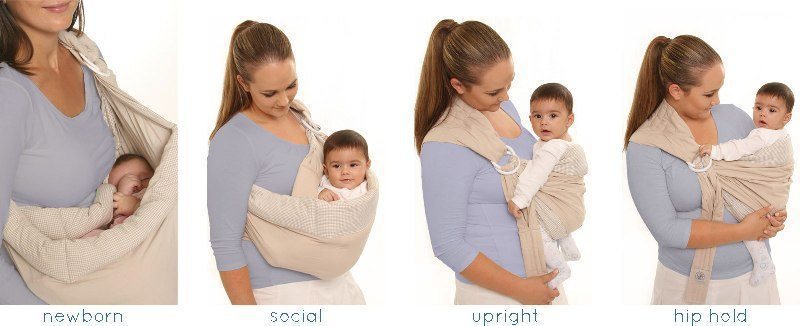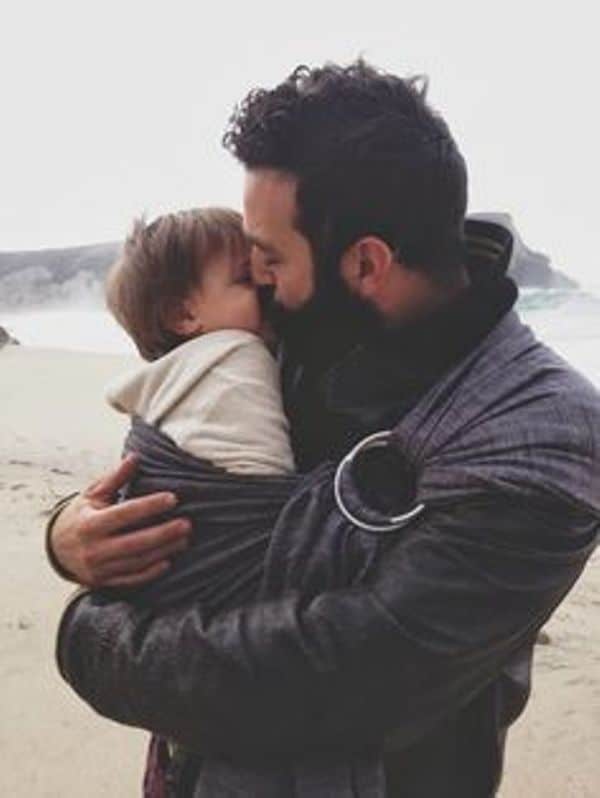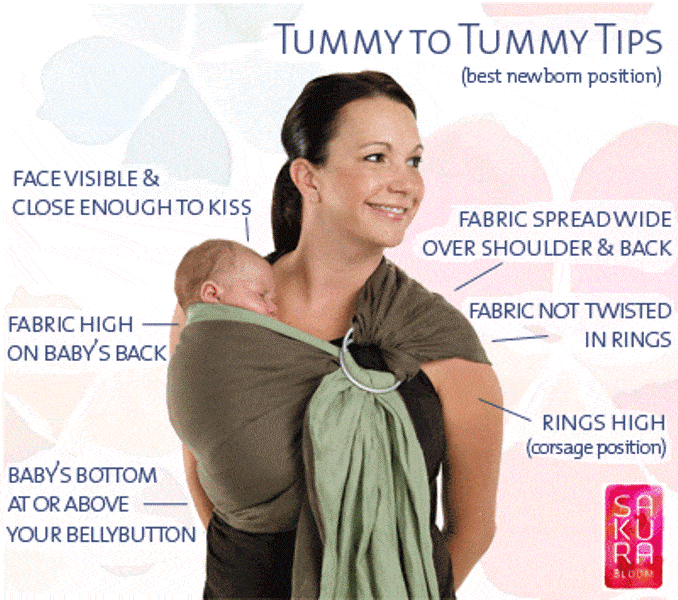Nature designed a new life to grow in the safety and security of the mother’s womb. A baby nestled inside the womb can hear voices from outside, sense the mother’s emotions and of course, can hear her every heartbeat. But the environment rapidly changes for the infant the moment he/she is born. In recent times, right after birth, the baby is whisked away from the mother for numerous medical check ups and to meet the anxious relatives. Many health care centers house newborns in nursery during the mother’s stay there. Finally, the baby comes home to a beautifully decorated cot and a fancy stroller. It’s very common to let babies play in their cot bed while the mother is busy or to take them out for a nice long walk in a colorful stroller. But is this what the infant desires?
Research proves and your grandmother will reconfirm the fact that infants and toddlers are happiest when a womb like environment is created for them in the outside world. This means that they need to be in the physical security of a familiar surface and most importantly, near a parent, smelling the familiar body scents, listening to the parent laugh, talk, breathe and hearing their heartbeats. What is the easiest way to achieve that? It is to hold the baby near you at all times. And the simplest way to do that is to wear your baby in a sling.
Many commercial manufacturers design various kinds of baby carriers/slings, available widely in the market. While most of them are great to use, some innovative mothers use their tailoring skills to make one at home using soft yet strong fabrics. Since centuries, wearing children in a sling up to the age of 2 has been a very common practice. Let’s look at the numerous advantages of carrying your newborn wrapped in the warmth of your body:
- The parent goes hands-free! You can work in the kitchen or take your dog for a walk while your baby stays nestled close to you.
- You get to burn more calories. With your hands completely free, you will be multitasking while “weightlifting” your baby
- The infant feels physically secure. Babies are not used to having a lot of space available to them to kick around (remember the size of your womb?) A sling secures them close to their parent/loved one in a constrained, warm yet familiar space. This relaxes the infant.
- The child feels emotionally secure. The baby gets the security in form of the familiar scents, sounds and faces. He/she feels taken care of and hence, cry less.
- You get to take better care of the baby. The proximity to the infant facilitates quicker response from the parents when the child shows the first symptoms of being hungry or uncomfortable. It is also easier to breastfeed a baby in sling.
- It facilitates physical development of the infant. Studies show that newborns, especially premature ones, gain weight faster when touched and held regularly by the parent. The baby also gets to develop physical responses to the parent’s movements of walking, reaching, bending, standing etc.
Certain Precautions while sling wearing the baby:
- Make sure the sling/carrier is strong and safe.
- Babies legs should not be straight and dangling from the sling. It can lead to hip dysplasia.
- A newborn’s head should be adequately supported
- The child’s back should be supported.
- The baby’s should be able to breathe comfortably.
- The infant’s chin should not rest firmly against the chest as it can affect the oxygen supply to the baby.
- Don’t do very strenuous and risky movements while wearing the child in a sling.
With the plethora of advantages, it comes as no surprise the sling worn babies are HAPPY BABIES! And happy baby equals a very happy home 🙂 .






